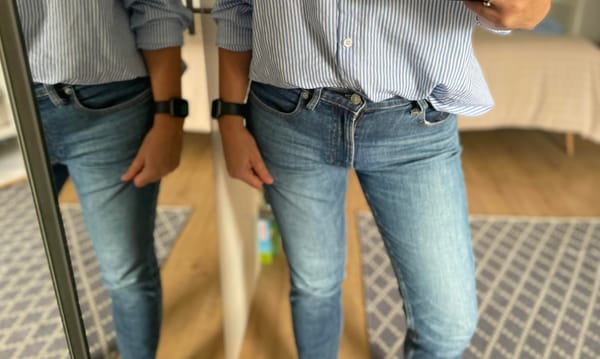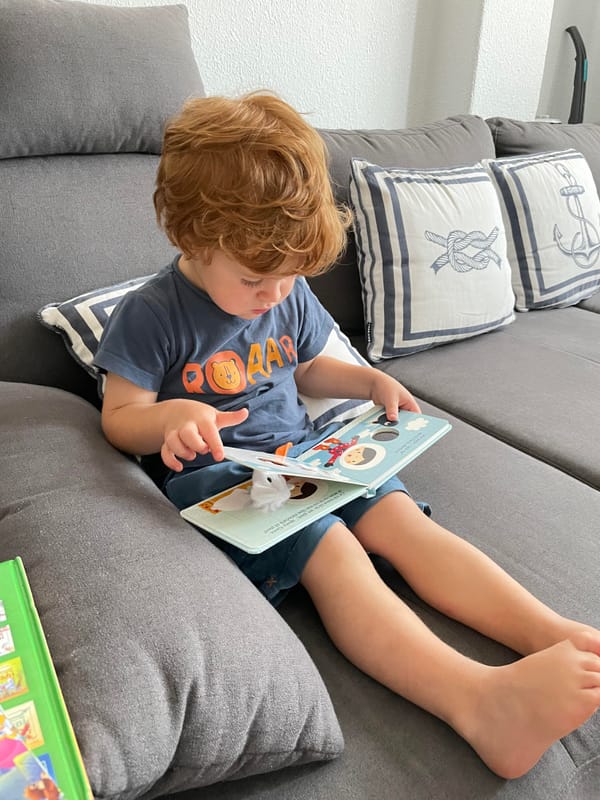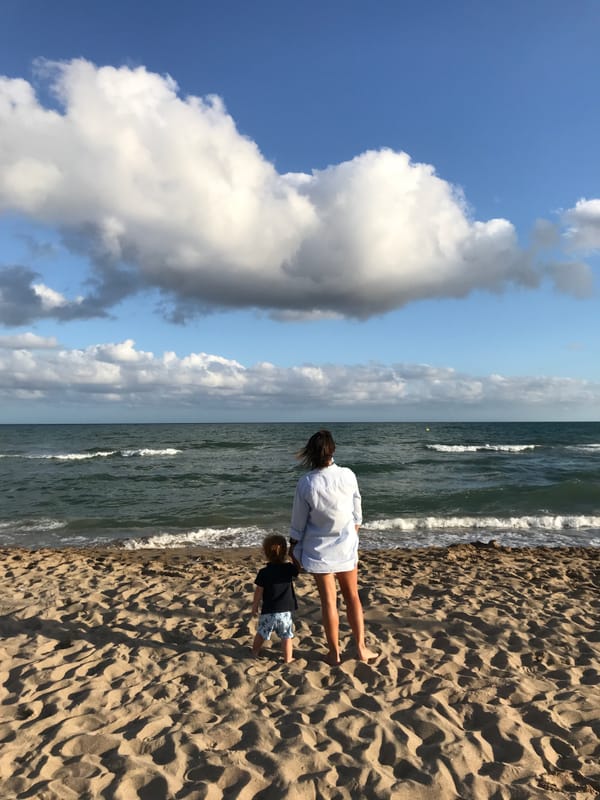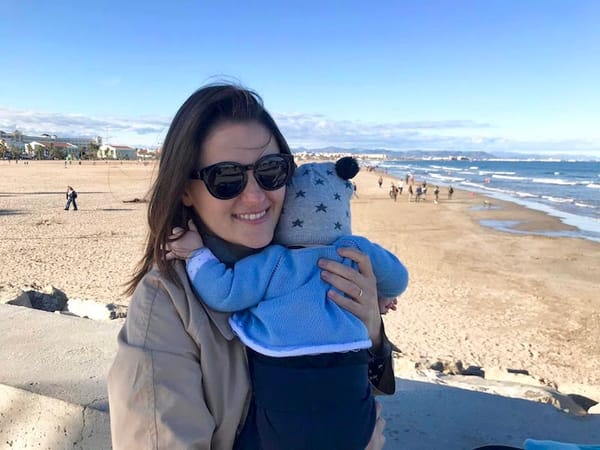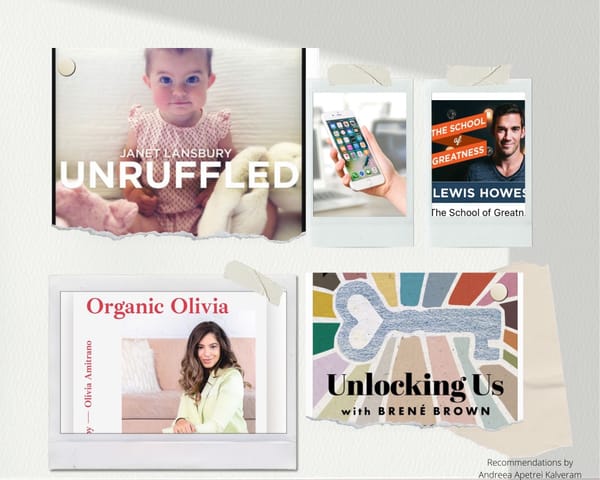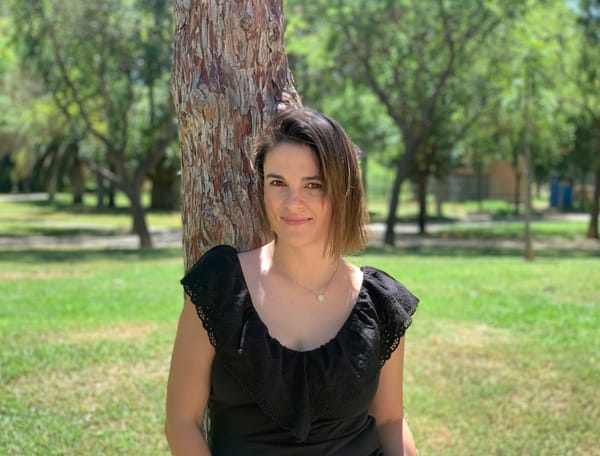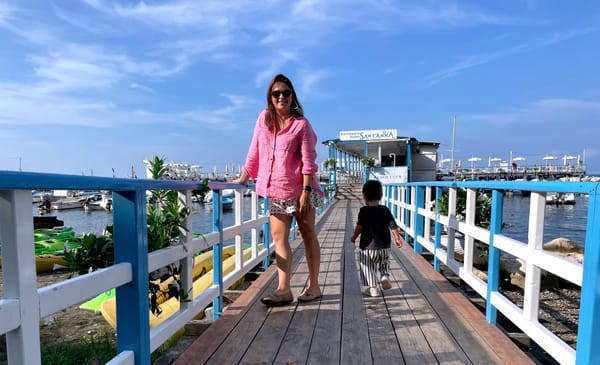
Frati
Când va vorbi și copilul ăsta?
Puțini părinți nu se întreabă asta... și totuși cunosc câteva excepții, niște prieteni ai căror copii s-au născut vorbind. Aproape, cam după o lună, așa :) Am găsit printre notițele din telefon o povestioară de când Oliver avea 1 an și 7 luni. M-am gândit să o împărtășesc și cu tine,


